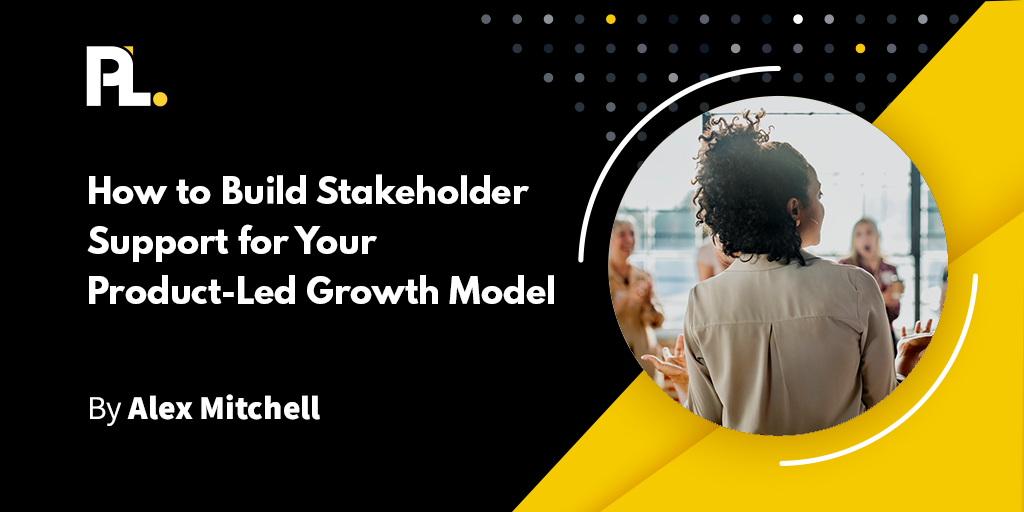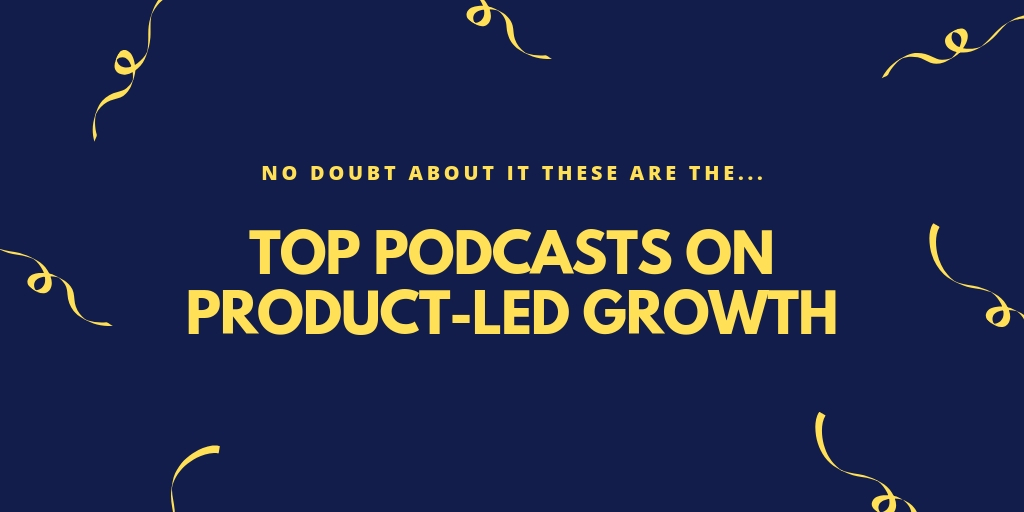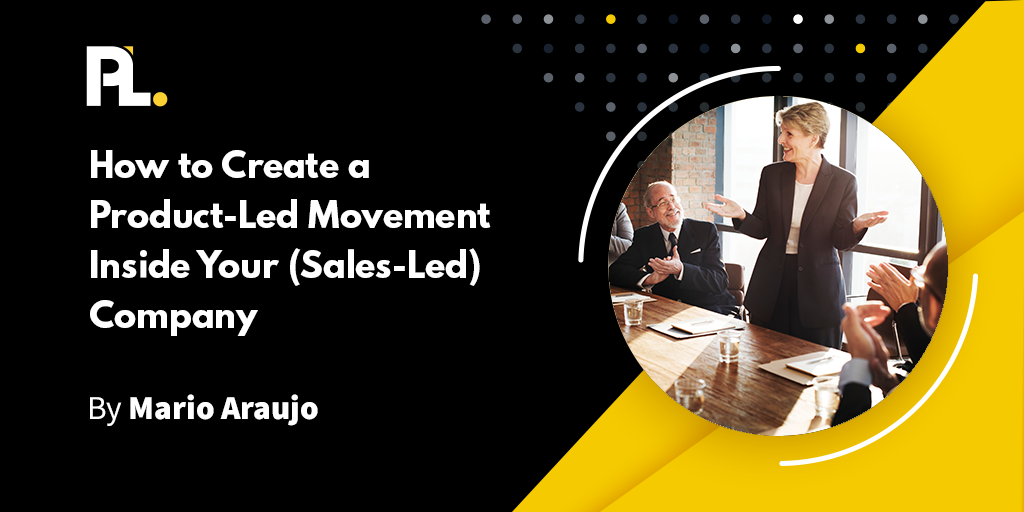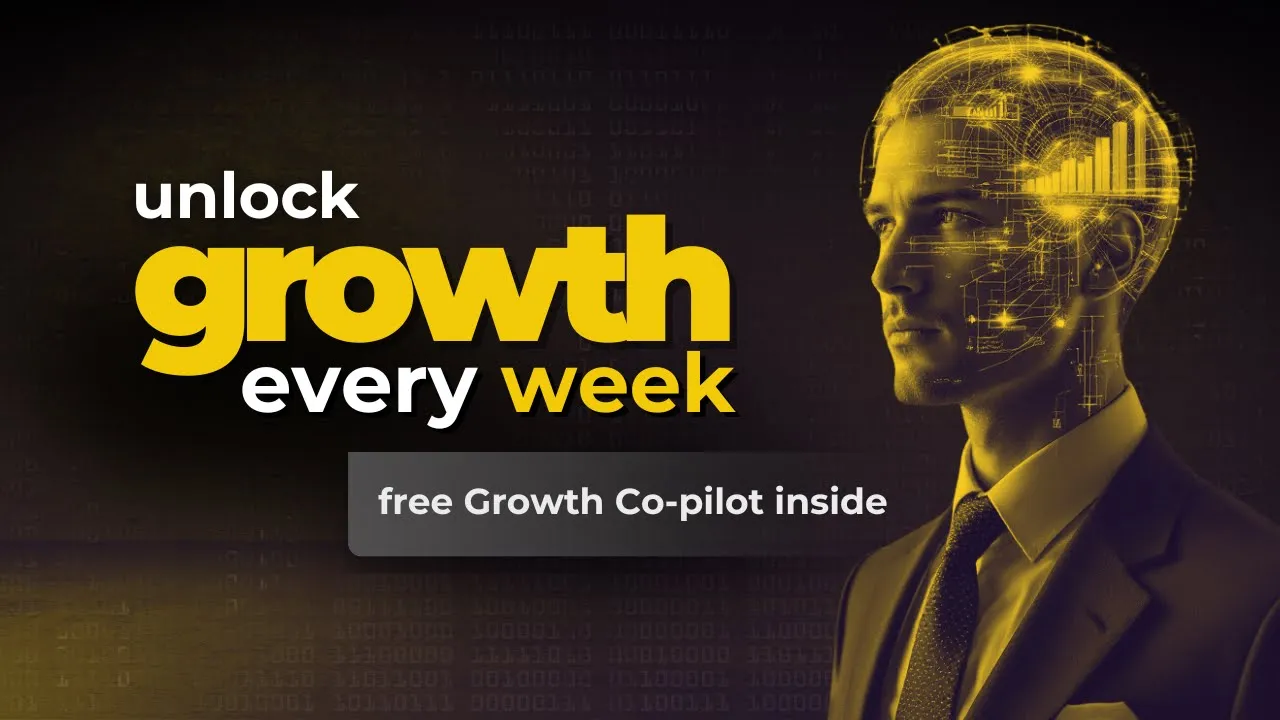
Nearly 60% of organizations report some complexity and friction when they start using a free product.
Marketing teams spend lots of time generating product sign-ups and little time personalizing the onboarding experience. They rarely have access to product activity data, making it challenging to achieve personalization. And the shared ownership of product-led growth (PLG) metrics often needs to be clarified between product and marketing teams. However, it’s time to prioritize increasing conversions with marketing teams against serious revenue targets.
In this article, I’ll share the framework developed by MadKudu to increase conversions by providing a highly personalized user experience. We’ll cover the differences between users and buyers and dive into ways to customize SaaS onboarding.
Users vs. Buyers: Understanding the User Experience Persona
Users focus on product functionality, while buyers concentrate on business value and cost.
Users should be encouraged to explore and activate product features, while buyers should be encouraged to invite other team members (users) to the product.
Typically, users are managers, analysts, or designers. They are more likely to activate and get the first value from the product. Buyers like chief marketing officers and CEOs are more likely to convert and buy the product.

Understanding these differences is foundational to building a relevant onboarding experience.
How Do Your Distinguish Users vs. Buyers?
Understanding the difference between users and buyers is great, but how do you identify who falls in each category? Without this knowledge, you’ll take the wrong approach with the right audience.
The easiest solution is to use a crawl, walk, run approach. Start simple, personalize the experience, understand the results, and iterate.
Crawl
If you’re not doing it already, the simplest way to start is to ask for people’s job titles when they sign up for your product. While it may seem like this adds friction, it is worth it if it enables you to create a better experience overall.
Users typically have roles like managers, analysts, and designers. Buyers are mainly C-suite executives or upper-level management.
This piece of data often falls through the cracks but opens the door to quickly identifying who’s a user and who’s a buyer.
Walk
The problem with asking people for their job titles is that you often need more accurate information that is difficult to determine. Users almost always share an inaccurate job title to get to the next step.
But there’s a solution...
More sophisticated teams use enrichment services like Clearbit and marketing intelligence tools like MadKudu to better understand users’ and buyers’ complete profiles. These platforms reduce the number of fields required in your forms, making the sign-up experience easier. If no enrichment or intelligence is available for a user (e.g., a Gmail account), you can dynamically update the form to ask for their role.
Here’s MadKudu in action:

It doesn’t get any easier than that. The goal here is to reduce friction at sign-up without forgoing essential data, such as job titles, which is critical to providing a personalized user experience.
Run
By reaching this step, you’re ready to move past the basics. Get started by conducting a statistical analysis per role to understand how different personas are more likely to activate versus more likely to convert. The results will surprise you.
For each role – and potentially by market segment – analyze product signups’ cohorts to determine the activation rate versus the conversion rate. Then plot the results on a 2-by-2 chart. You’ll see from your data how various roles correlate to being users vs. buyers. Eighty percent of what you see will match what you expected. But most likely, 20 percent won’t.
For example, you might have assumed that chief technology officers in large organizations don’t activate and act as buyers. This is a logical assumption, but the data might show that they behave like users and need a full onboarding experience.
This real-life example shows why it’s important not to throw every person with the same title into the same basket. The right data improves the likelihood of providing a personalized user experience. Use MadKudu or your own data analysis tools to collect what you need to make informed decisions.
Personalizing User Onboarding Experience
At this point, you know the differences between users and buyers and how to determine who fits into which group. Now, it’s time to personalize their onboarding experience, which impacts your bottom line most. After all, action is what moves the needle.
Reduce Friction for Users
You want to reduce friction for users. It needs to be as easy as possible to realize the initial value. A quick way to drive initial value is by showing examples or templates of what others have done with the product.
It’s also important to consider that the deeper the account penetration, the more likely an account will convert. Users must be encouraged to invite more people who can also get value. Once they have their “Aha! moment”, the next step is getting them to invite a buyer and incite them to swipe their credit card.
The bottom line is that the longer it takes a potential user to realize value, the less chance they’ll become paying, long-term customers.
Promote Benefits to Buyers
Drive buyers to join a product overview call or demo to explain how their business benefits from your product. Forget about features for now, and show them what your product can do for them.
It is also essential to encourage them to invite team members to deepen the account penetration. One person on a call is a good start, but why stop there? Two people are better, and three are even more powerful.
When possible, take steps to convince your buyers to purchase the premium tier. It doesn’t always work out this way – a buyer may sign up for a free trial to start – but if you show them the benefits and value of paying, there’s a better chance of success.
Personalization vs. Customization
Customization and personalization share the same vision: to create content geared toward the interests of the customer using it.
But that doesn’t mean they’re identical. The difference is in the approach taken to create the content and experience.
Personalization is tailored from the product provider’s side. For example, your company can make data-driven assumptions to display the most relevant results to current customers and prospects by providing specific information to visitors from particular sources (search engines, social media, referrals, etc.).
The decisions you make will impact the user experience. Take the right approach; there’s a greater chance of retaining a customer or converting a prospect. But take the wrong approach, and you’ll bog down the process.
Conversely, customization sits on the other side of the aisle. The customer typically does it, choosing options and features to customize the experience to meet their needs.
For example, a live chat application allows agents to customize their profiles and welcome messages.
Personalization and customization can work together hand in hand. You don’t have to choose one or the other. In most cases, using both is the best approach. This gives you the power to personalize the user experience while providing users with the desired level of control.
What Can a Personalized User Experience Do for You?
You should now understand the difference between users and buyers and how to best personalize the user onboarding experience. And even if the above advice doesn’t sound earth-shattering, it’s more than enough to move the needle. Give it a try.
Are you ready to build a product-led strategy driven by a personalized user experience? Enroll in the live ProductLed Accelerator program today. As a four-week live online program, you’ll walk away with a step-by-step system for implementing a product-led approach geared toward connecting with users and buyers.





















